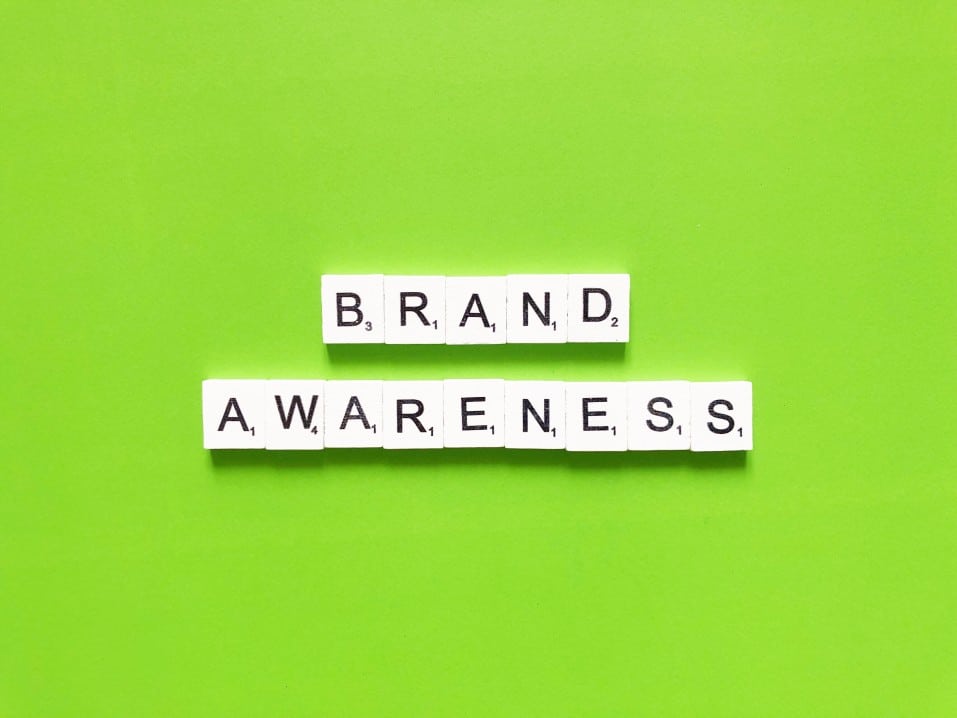A rhetorical appeal is characterized by ethos, pathos, Kairos, telos, and logos, all of which can be used in a variety of ways. Aristotle is frequently credited with founding rhetoric, and these are Greek expressions that originate with him. It is essential for an author who wishes to persuade their audience to carefully consider how to make their argument to achieve audience agreement with the argument or point in question. What Aristotle stated about rhetoric more than 2,400 years ago still influences people’s responses to your high-tech website today.
Aristotle talked about three sorts of engagement: logos, pathos, and ethos. He conferred to them the modern terms logos, pathos, and ethos, in addition to Telos and Kairos. Those who utilize the website’s Rhetoric will significantly influence how the material is viewed and how the website is perceived. A site’s rhetoric is considered in this method of creating and constructing web pages when writing material; always keep the rhetoric in mind to ensure that the audience is at ease and enthused.
How does the rhetorical appeal work, and why is it important to know?
Take something like food as an example, such as a cup of coffee. Food is put together differently when served in a five-star restaurant than when you make your food at home. There is a lot of visual rhetoric, but I bet you didn’t know about it. Because the fancy meal looks so good, it’s likely to make you think it costs a lot of money. When you use visual rhetoric, there is a chain of events. The first step is to see something. Many things make a website look good, like the font, colour, style, and more. Filtering comes next. We look at things through a “lens” called context. In the United States, a flag means very different things than on a small island.

In contrast to someone who has little or no formal education, those with a college degree have a different point of view. Make sure you think about your current website or logo and the history of the brand you work for. The font and colour choices you make could break your credibility and your business. Aristotle said that the best way to get people to believe you is to use all the “possible methods.” There is a chance that visual rhetoric could significantly impact your bottom line. The more sights you encounter, the less likely you will create an impression. However, it would be preferable if you stepped out from the crowd.
Telos:
The term “Telos” may be used to define the purpose of communication as well as how it impacts you emotionally or cognitively. When it comes to what Telos is used for in advertising, it isn’t always visible, but it may be used to persuade viewers to take action in other sorts of advertising. As a result, Telos plays a significant role in establishing the stage for an audience.
For the most part, Telos is a way of bringing things together, whether it’s the sound of a speaker’s voice, how they seem in public, or how they behave themselves. Despite the fact that Logos, Ethos, and Pathos have garnered more attention, Telos is just as important and plays a crucial part in persuasion in modern advertising.
Ethos:
If you’re arguing using ethos, you might expect to hear someone express anything about their own stance or experience. Over begin a discussion regarding physical health, I prefer “As a doctor, I believe” to “As a second-grade teacher, I think.” “As a doctor, I believe” The ethos of a source reveals its level of reliability. Although many well-known and well-respected organizations still have an incompetent web presence, it harms the institution hosting and the website itself.”
Consumers will be less inclined to trust if a website has broken links, missing images, out-of-date material, or misspelled language. Your ethics may be readily falsified on the internet even if you pay special attention to the intricacies of your work. In many email scams, the perpetrators use cleverly crafted fakes of actual sites like eBay or PayPal. Don’t be fooled by them wearing high-end suits.
Pathos:
“Empathy” is derived from the Greek term pathos, which denotes content that elicits an emotional response. In contrast to Logos’ more logical approach, content that evokes an emotional response is commonly used in advertising. Pathos can be done by comparing the speaker’s personal experiences and the audience’s. People may feel furious, joyful, guilty, sad, thrilled, or any other feeling in response to a Pathos message. By understanding how people think and feel, Pathos advertising is a success.

Pathos-based advertising and branding may be incredibly effective, regardless of their execution. Consider also that most individuals can tell when you’re trying to influence their emotions. Trying to be overpowering or goofy or cheesy or nasty might come across as tacky if done incorrectly. People are more inclined to explore the remainder of a website if the front page features eye-catching visuals and engaging content and connections. If the user’s association with a high-end brand is vital to them, many marketing websites exploit pathos.
Logos:
Using logic and reasoning is known as logos, which signifies that the ad is logical. Logos can enhance the importance or appeal by providing relevant information and data. Teaching and informing people what they need to know is integral to this persuasion strategy. People who want to learn more about a subject or product prefer logos because they appeal to curious people. The audience seeks an intelligent, logical, and reasonable understanding of the message content to maintain their interest.
It would be best to keep a few things in mind while designing something for your audience. For example, let’s imagine that a 450,000-foot-long object exists. It’s hard for most people to comprehend this since it’s so enormous. Something twice the length of the United States makes everything appear a lot larger. This confidence is built over time when the news source provides a lot of information, well-picked photographs, and well-designed infographics. Videos and other audiovisual media are helping to build trust in the online world.
Kairos:
When referring to a single point in time, “kairos” is often used. It’s a “teachable” moment that may be utilized immediately in a commercial to demonstrate something new. To show a message at Kairos is ideal for all three aspects of its presentation. In the context of a message, Kairos refers to the entire globe. Along with other persuasion strategies, it plays a significant role in persuading individuals to take action.
You need to select the appropriate moment to get your message through. If you send out an invitation three months in advance, the recipient may not remember. Everything hinges on the right moment, as the expression goes. Time is of the essence in branding; if you don’t know when to run a Christmas commercial, you’re wasting money. In the end, it won’t be of any service or significance.
Verdict:

It is more likely that you will use more than one of these five themes at a time, and in some cases, all five, in order to make your argument more appealing. These five words and phrases, on the other hand, can assist you in becoming a more effective communicator throughout the process.
A website would be worthless if it didn’t have any content or information. If a website creator wants to guarantee that its readers get the most out of it, they must employ rhetoric and rhetorical strategies in their communication.

